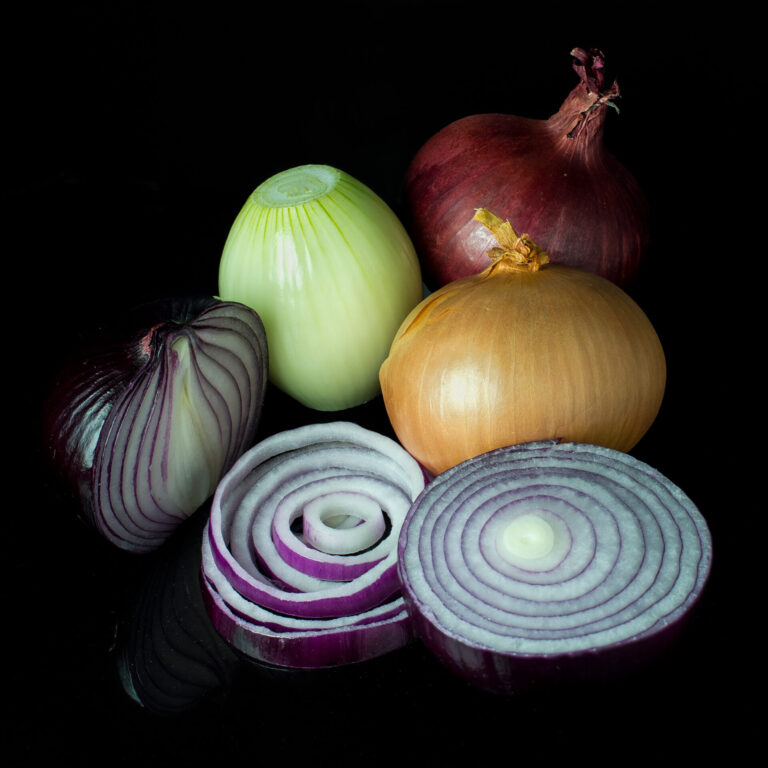
Mustard Greens
A Cruciferous vegetable with a peppery flavor and come in different varieties ranging incolor, texture, and shape of leaves from different regions of the world:Ruby Streaks, Red Giant, Scarlet frills, Southern Giant Curled, Golden Frills, Amara, Garnet Giant, RedSplendor, Suehlihung No. 2. (Turnips are in the Brassicaceae (mustard) family and their edible green tops are similar to mustardgreens).



















